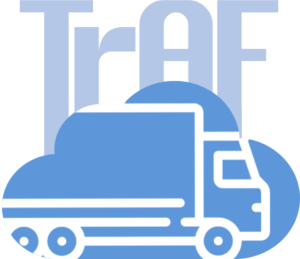AWS—Trends in onboard and backend architectures of Connected Vehicle Solutions
When updated June 7, 2021 @ 10:00-12:00
Where Teams
Audience Project partners
Sign up Contact Niklas or Fredrik
Material On request
This Seminar
Presenters: Tomas Riha and TBD (Amazon Web Services)
In this seminar Amazon Web Services will share an overview of trends around connected vehicles from their perspective. The seminar will cover both the backend and onboard platforms.
Agenda
- Evolution & Trends of Connected backends. From monoliths to micro services, analytics datalakes and machine learning;
- Evolution & Trends of in vehicle architectures. From monoliths to service architectures and how future of 5G, Satellite Internet and Edge deployments change the game.
There will also be time reserved for a Q&A session.
We plan to follow up this seminar with another session diving into more technical details after the summer. The agenda for that session is still open, so bring your questions and proposals to the Q&A or contact us with requests after the seminar!
The TrAF-Cloud project at a glance
Trucks today are already connected to the cloud, but functionality that utilizes cloud services are often isolated and implemented ad-hoc. Future trucks are expected to integrate seamlessly with off-board functionality to truly become an integral part of the larger traffic system—not only to enable shorter software update loops to respond to new environmental circumstances, but also to allow seamless deployment of functionality on-board where latency is low, or off-board where unlimited computational power is available.
To meet these expectations, the TrAF-Cloud project explores how to harmonize on- and off-board architectural design principles—to safely and securely blur the border between embedded systems and cloud service.
Concretely, the TrAF-Cloud project focuses on the need to: fundamentally change the signal- and ECU-based onboard vehicle architecture; exploring approaches to bridge on- and off-board platforms for seamless deployment; identify on- and off-board abstraction layers, and; to define useful and flexible APIs to promote modularity and reduce the dependence on specific implementations.
